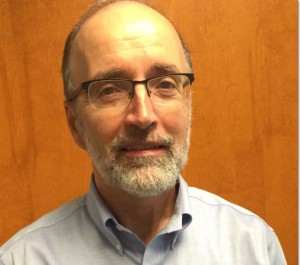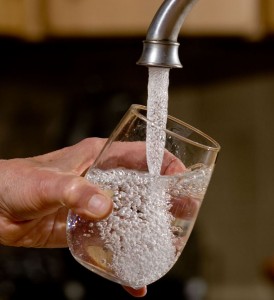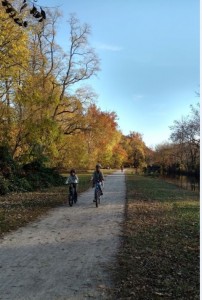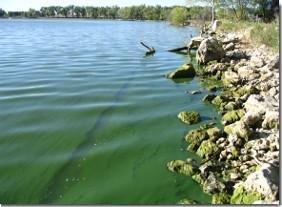Safer Choice is a Great Choice for Clean Water
Growing up in Florida, surrounded by water, I’ve always enjoyed the many recreational opportunities on its lakes, rivers, springs, and beaches. Spending so much time in such beautiful and pristine surroundings instilled in me an appreciation for the natural environment, as well as a sense of its fragility and need for its preservation.
These feelings persist, perhaps even more strongly, since I’ve joined EPA and now pursue my love of outdoor activities in the Mid-Atlantic. They inspire my work with the Safer Choice program, and our efforts to prevent pollution of our nation’s water bodies through the promotion of sustainable products.
Safer Choice is EPA’s label for cleaning and other products made with safer chemical ingredients. Leveraging our Agency’s more than 40 years of experience assessing the human and environmental safety of chemicals, more than 2,000 products we all use every day qualify to carry the Safer Choice label, such as multi-purpose cleaners, hand soaps, car and boat care products, floor cleaners, pet care products, and many more. Safer Choice-labeled products contain ingredients that are safer for aquatic life and the environment and for your family, community, and pets.
To be eligible for the label, a product must meet the Safer Choice Standard, which is green chemistry-focused and grounded in stringent human health and environmental criteria. Safer Choice evaluates all intentionally added ingredients in a product, regardless of percentage. That means Safer Choice-labeled products contain only the safest possible ingredients, while still meeting performance requirements. Importantly, for products intended for use outdoors (bypassing the drain and sewage treatment, directly entering the environment), such as car and boat cleaners, Safer Choice has a higher bar to provide aquatic life with an extra margin of protection.
And there’s even more good news for our waterways. Labeled products are made with ingredients that, once they enter the local watershed, will break down more quickly through natural processes. The result: less pollution in streams, less contamination of the food chain, reduced impacts on water treatment facilities compared to conventional products, and less damage to the ecosystem. This is something anglers, boaters, and beach-goes will appreciate.
For more information on the U.S. EPA Safer Choice Program and to find Safer Choice-labeled products.
About the Author: Kristian has been with EPA since 2016. He works in the Safer Choice program on outreach and program support initiatives. He previously worked with state and local governments in Florida on community health assessments and health education initiatives. He lives in DC, and is an avid hiker and outdoor enthusiast.













